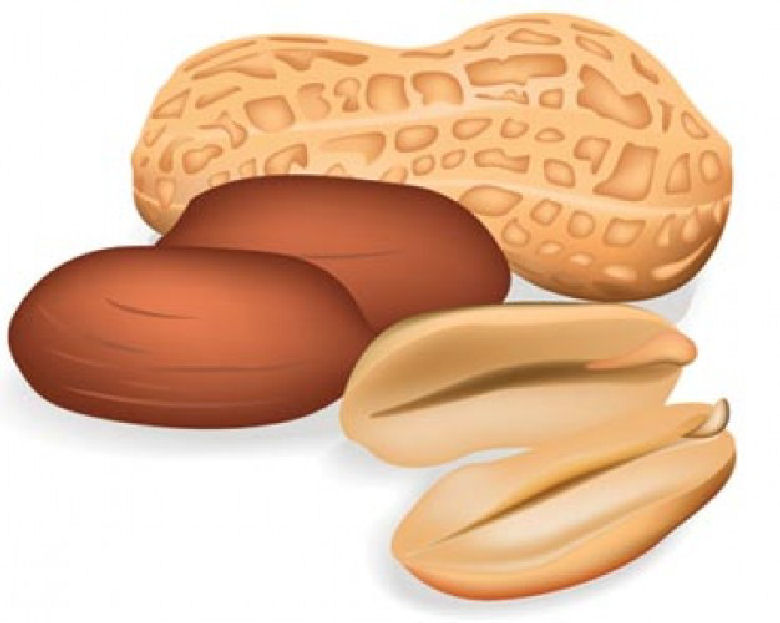344.WHERE DID THE PEANUT ORIGINATE?
In a certain part of Peru, a group of prehistoric graves were found. As the scientists dug about in these graves, they found peanuts that were thousands of years old! Not only that, but there was pottery that was decorated with peanut designs.
So it is believed that the original home of the peanut was South America and from there it was transplanted to Africa, and eventually to the United States. Today the peanut is also raised in Latin America and Asia. In the United States alone, more than 450,000,000 kilograms of peanuts are raised a year. The yield of over 400,000 hectares of peanuts is fed directly to hogs.
The peanut is one of the most useful vegetables known to man. Peanut oil is used in vegetable shortenings, oleomargarine, soaps, and salad oils. It may also be made into glycerine for munitions. Peanut meal (left after crushing the peanut to remove the oil) is used for feeding hogs and cattle. Millions of kilograms of peanuts are made into peanut butter, sold as salted, roasted nuts, or put in candy bars.
The hulls of peanuts are used as filler in linoleum, dynamite, and paper board. Other products made from peanuts are face powders, rum her substitute, dyes, and printing inks.
The peanut belongs to the same family as the pea or bean. The peanut plant is a bush, and the blossoms closely resemble those of the pea. After the petals fade, a part of the pod elongates very greatly and its tip becomes buried in the soil. There this tip enlarges and the seeds mature. The ripened nuts, therefore, must be dug out of the soil.
Peanuts are planted late in the spring, and are dug by machinery before the frost comes. After the vines are dried the peanuts, are picked by machine. A hectare can yield 35 to 50 hectoliters of peanuts.



Leave a Reply